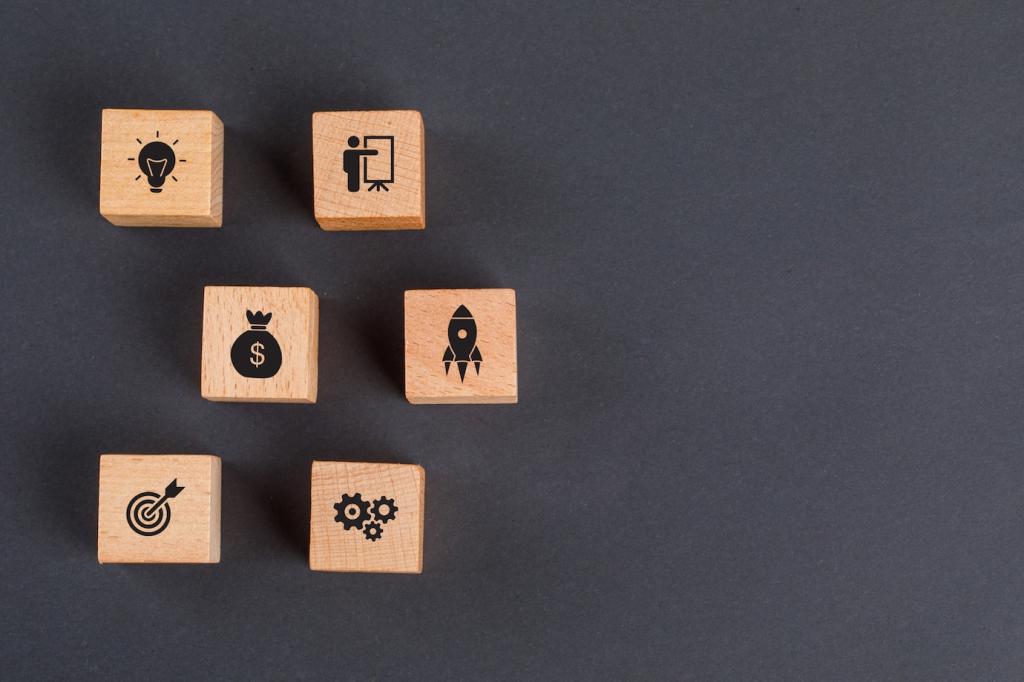Stories from the Lab and Factory Floor
A robotics startup in Penang documented iterative control algorithms for precise handling of delicate components. Double-checking eligibility and evidence early, they aligned costs to experiments and used tax savings to hire an additional engineer for validation trials.
Stories from the Lab and Factory Floor
A precision metal fabricator in Johor mapped a series of trials to reduce thermal distortion in thin-gauge parts. Their thorough test matrix and failure analysis showed genuine uncertainty, helping support a robust claim and a safer path to automation.
Stories from the Lab and Factory Floor
An agritech team experimenting with extraction efficiency in oil palm by-products faced inconsistent biomass. By logging batch characteristics and outcomes, they demonstrated experimental rigor—and gained insights that improved both product yield and compliance confidence.



